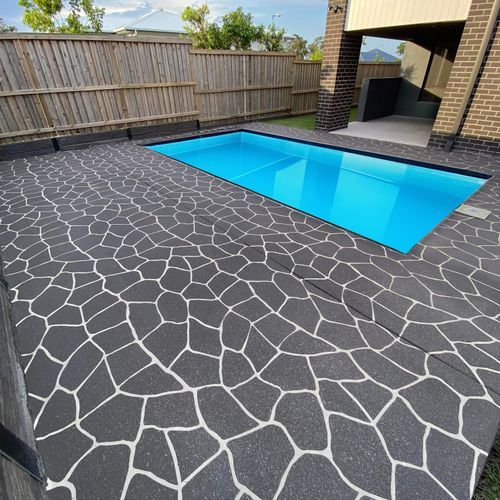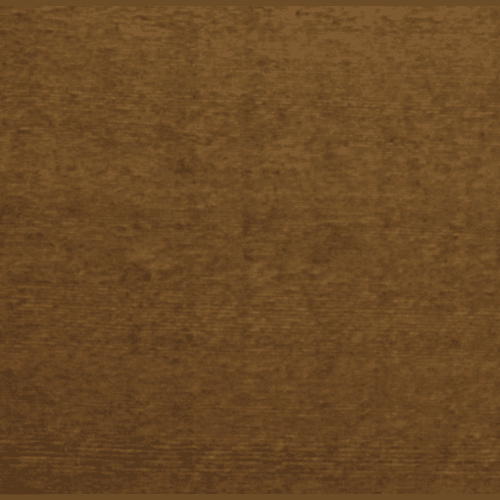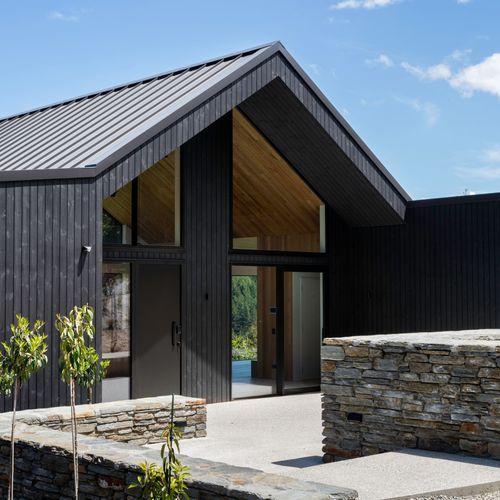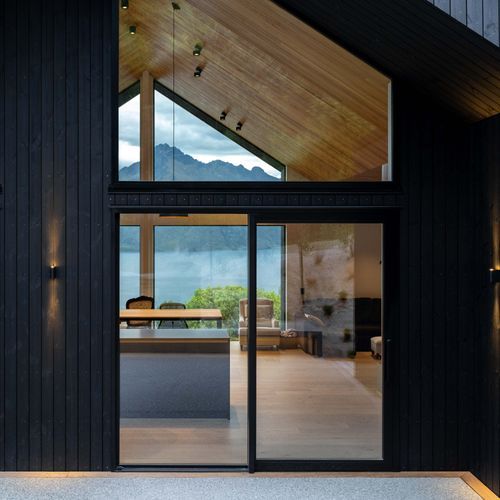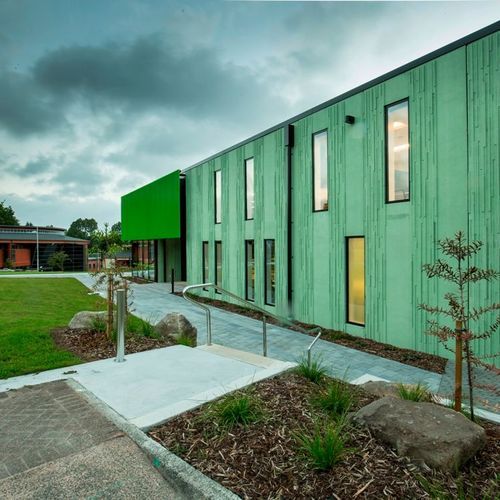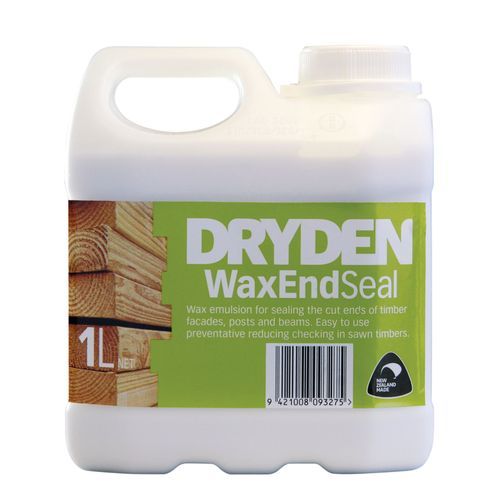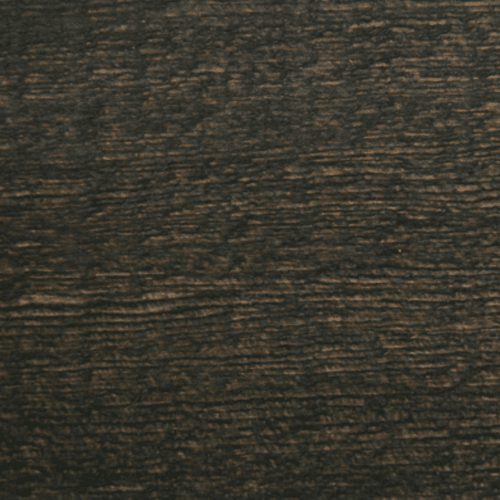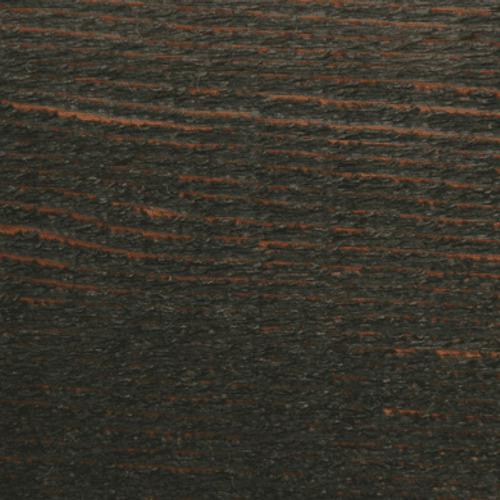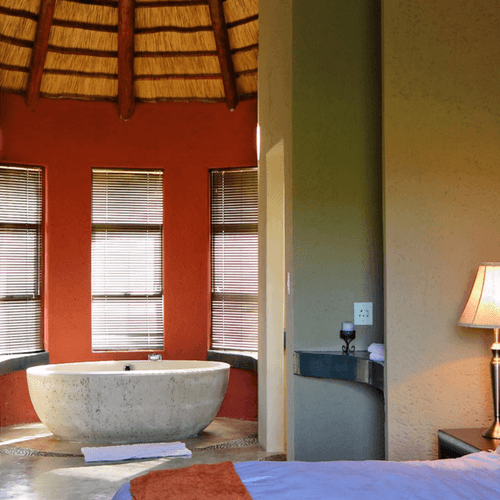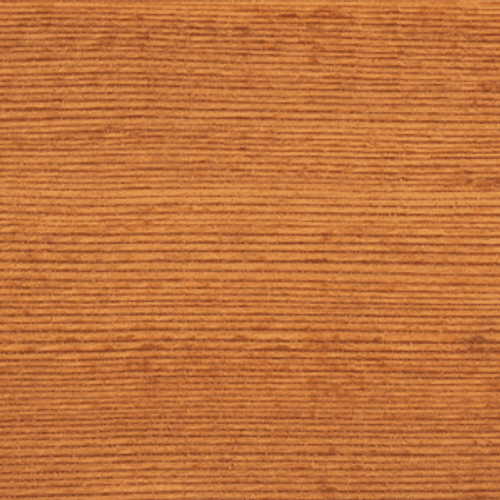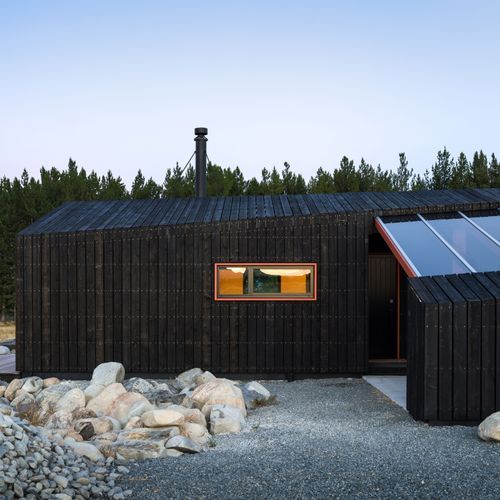Stains & Treatments
- Stains and treatments have several roles, from protecting the surfaces to completely changing their original appearance. They can enhance the functional and visual properties, or even make the item look centuries old. At ArchiPro, we offer a variety of different stains, sealers, and other types of wood and metal treatments for a variety of uses.Why ArchiPro?
No more endless searching -
Everything you need, all in one place.Real projects, real experts -
Work with vetted architects, designers, and suppliers.Designed for New Zealand -
Projects, products, and professionals that meet local standards.From inspiration to reality -
Find your style and connect with the experts behind it.Start your Project
Start you project with a free account to unlock features designed to help you simplify your building project.
Learn MoreBecome a Pro
Showcase your business on ArchiPro and join industry leading brands showcasing their products and expertise.
Learn More